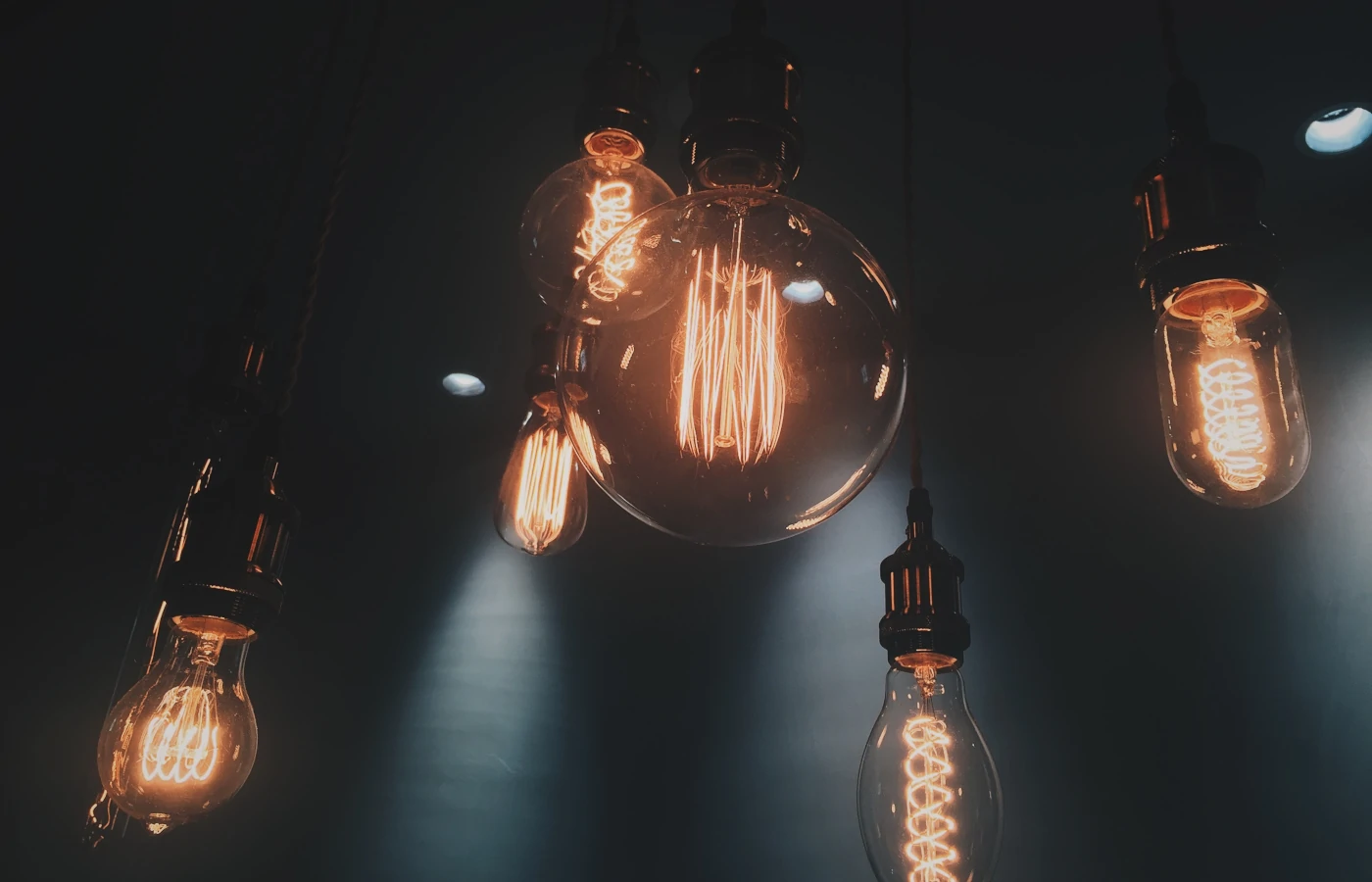The history of backup power and generators is a captivating tale of innovation and progress. In this comprehensive article, we’ll delve into the origins of vintage generators and trace their evolution through time, highlighting key milestones and technological advancements. With more than 1000 words, numerous examples, and an exploration of the lasting benefits of these pioneering machines, you’ll gain a deep appreciation for the rich heritage of generators and their impact on our lives today.
The Early Beginnings: Michael Faraday and Electromagnetic Induction
The story of generators begins with Michael Faraday, a British scientist who made groundbreaking discoveries in the field of electromagnetism. In 1831, Faraday discovered electromagnetic induction, a principle that would become the foundation for electric generators. By demonstrating that a changing magnetic field could induce an electric current in a conductor, Faraday laid the groundwork for future innovations in backup power.
The First Generators: The Dynamo and the Gramme Machine
The first practical electric generator, known as the dynamo, was developed by Werner von Siemens in 1866. Siemens’ dynamo was a significant milestone in the history of generators, as it efficiently converted mechanical energy into electrical energy.
In 1870, the Belgian inventor Zénobe Gramme introduced the Gramme machine, a more advanced generator that featured a continuous loop of wire wound around an iron core. This design allowed for smoother power output and higher efficiency, making the Gramme machine a popular choice for early power generation.
The Rise of AC Power: Nikola Tesla and George Westinghouse
The development of alternating current (AC) power dramatically changed the landscape of electricity generation. Nikola Tesla, a brilliant inventor and engineer, patented numerous AC technologies in the late 19th century, including the AC induction motor and transformer. Tesla’s inventions laid the foundation for modern AC generators, offering more efficient power transmission over long distances compared to direct current (DC) systems.
George Westinghouse, an American entrepreneur, recognized the potential of Tesla’s inventions and acquired his patents. Westinghouse successfully commercialized AC power systems, leading to the widespread adoption of AC generators for backup power applications.
The Emergence of Portable Generators
As the 20th century progressed, portable generators became increasingly popular for various uses, including military operations, remote construction projects, and outdoor recreational activities. Early portable generators often utilized gasoline or diesel engines, providing a convenient and mobile source of electricity for a wide range of applications.
The Impact of World Wars on Generator Technology
Both World War I and World War II spurred significant advancements in generator technology. The need for reliable backup power in military installations, field hospitals, and communication centers led to the development of more efficient and robust generators. These innovations would later find their way into civilian applications, further expanding the use of generators in everyday life.
The Post-War Era: Expansion and Innovation
Following World War II, the global demand for electricity surged, prompting further innovations in generator technology. Manufacturers developed larger, more powerful generators to meet the needs of growing industries and expanding urban centers. At the same time, portable generators continued to evolve, becoming lighter, more compact, and increasingly affordable for consumers.
The Advent of Inverter Generators
In the late 20th century, inverter technology revolutionized the world of portable generators. Vintage generators started during war. Inverter generators produce cleaner, more stable power output, making them ideal for sensitive electronic devices such as computers and smartphones. These generators also operate more quietly and boast improved fuel efficiency compared to traditional models. Leading to their widespread adoption for both residential and commercial applications.
The Emergence of Environmentally Friendly Generators
As concerns over environmental impacts and fossil fuel consumption grew, generator manufacturers began developing more eco-friendly options. Bi-fuel and tri-fuel generators, which can run on a combination of gasoline, propane, or natural gas, emerged as popular alternatives, offering reduced emissions and increased fuel flexibility.
Additionally, solar generators gained traction as a clean, renewable energy source for backup power. These generators harness sunlight to charge batteries, providing a sustainable and virtually silent power solution.
Modern-Day Generators: A Blend of Tradition and Innovation
Today’s generators represent a blend of traditional designs and cutting-edge technology. While many modern generators still utilize internal combustion engines similar to their vintage counterparts, advancements in materials, engineering, and electronic controls have resulted in more efficient, reliable, and user-friendly machines.
From compact, portable generators for camping trips to large, industrial-scale units for backup power in hospitals and data centers. The generator landscape has evolved significantly over the years.
Conclusion
The history and evolution of vintage generators is a fascinating journey of innovation, adaptation, and progress. As we look back on the early beginnings with Michael Faraday and trace the milestones and technological advancements through time, we can appreciate the lasting impact of these pioneering machines on our modern backup power solutions.
Understanding the rich heritage of generators not only provides a glimpse into our past but also offers insight into the future of backup power technology. As our world continues to demand more efficient. Moreover, sustainable, and reliable power sources, the generator industry will undoubtedly continue to evolve and adapt to meet these needs.
Learn more about generators at Generator.pw.

There are no comments yet.